Everything You Need to Know About Sales Leads
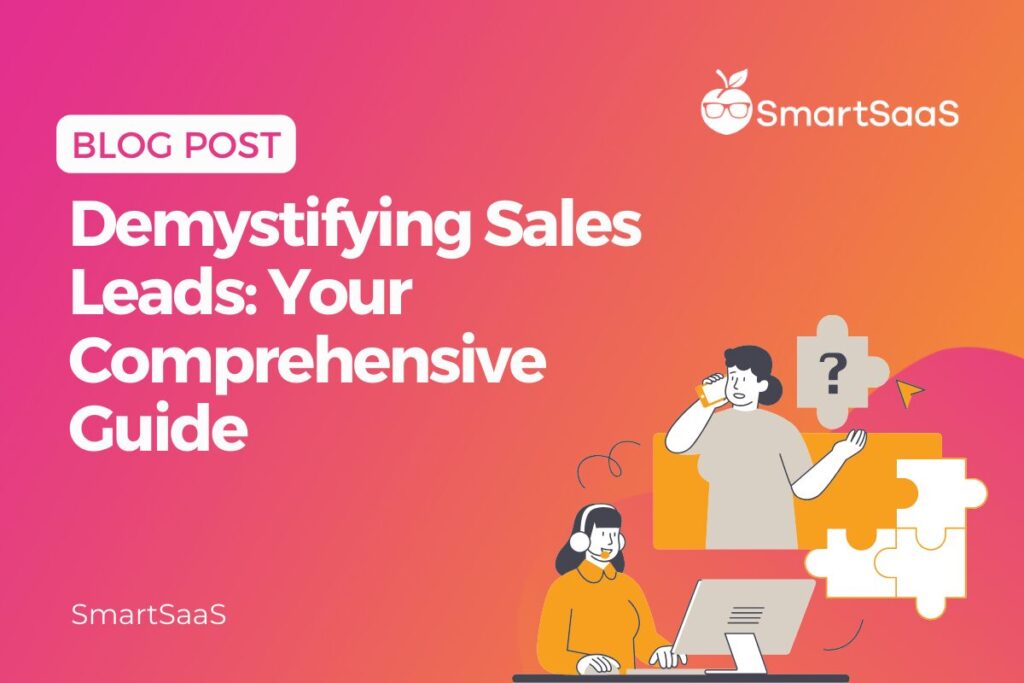
Tired of spending hours searching for leads, only to face rejection or disinterest? Does cold outreach feel like a never-ending uphill battle?
Now, imagine this: a steady stream of qualified leads landing in your inbox—people who are already interested in what you offer. Instead of wasting time chasing the wrong prospects, you could focus on converting leads that actually want to hear from you. Sounds too good to be true? It’s not. With the right strategies, you can transform your lead generation process and see real results.
In this post, we’ll break down everything you need to know about sales leads—why they matter, how to generate them effectively, and how to craft cold emails that grab attention and turn prospects into loyal customers. Whether you’re a CEO focused on business growth or a sales rep looking to boost conversions, this is the ultimate guide you’ve been waiting for.
Definition of Lead
Leads represent potential customers or prospects who have exhibited genuine interest in your industry, company, specific product, or the services you provide.
These leads proffer invaluable contact details such as their name, email address, or phone number, enabling businesses to establish effective communication conduits and initiate meaningful sales dialogues through a spectrum of channels and strategies.
Importance of Leads
Leads are the lifeblood of any business. They play a crucial role in the growth and success of a company. Captured and nurtured leads are the foundation of the sales process, serving as the starting point for companies to build relationships, understand customer needs, and provide tailored solutions through:
Provides Data & Insights
Leads provide businesses with valuable data and insights. Companies can establish direct communication channels by collecting contact information from interested individuals. This enables them to engage in meaningful conversations, gather feedback, and understand their potential customers’ specific needs and pain points.
Indicates Market Demand
Leads act as indicators of market demand and customer interest. Businesses can gain insights into their target market’s needs and preferences by analyzing the quantity and quality of leads generated. This information can then be used to refine marketing strategies, develop new products or services, and stay ahead of competitors.
Drives Revenue
Leads drive revenue and fuel business growth. Without a steady stream of potential customers, companies would struggle to generate sales and sustain operations. Leads are the fuel that powers the sales engine, allowing businesses to thrive and succeed.
Types of Leads
Leads can be categorized into various types depending on their level of engagement and interest. Here are a few common types of leads:
1. Marketing Qualified Lead (MQL)
A Marketing Qualified Lead refers to an individual interested in a product or service. These leads are typically generated through marketing efforts, such as website visits, content downloads, or social media engagement. MQLs have the potential to become customers, but they require further nurturing and qualification before being handed over to the sales team.
2. Sales Qualified Lead (SQL)
A Sales Qualified Lead is a prospect evaluated and deemed ready for direct sales engagement. The sales team has qualified these leads based on specific criteria, such as their budget, authority, need, and timeline (often referred to as BANT). SQLs are more likely to convert into customers and are usually prioritized for more personalized sales interactions.
3. Product Qualified Lead (PQL)
A Product Qualified Lead has experienced the product or service firsthand and shown a genuine interest in it. This could be through a free trial, demo, or any other form of product interaction. PQLs often have a higher conversion rate as they have already experienced the value and benefits of the offering.
Sources of Leads
One of the critical aspects of understanding sales leads is knowing where they come from. There are two primary sources of leads: inbound lead generation and outbound lead generation. While both approaches aim to generate leads for your business, they differ in their strategies and methods.
Inbound Lead Generation
Inbound lead generation focuses on attracting potential customers to your business through valuable content and engaging marketing efforts. It involves creating and distributing relevant and informative content that addresses your target audience’s pain points and needs. The goal is organically attracting leads actively seeking solutions or information about your products or services.
Outbound Lead Generation
On the other hand, outbound lead generation involves reaching out to potential customers proactively. It requires a more direct approach, where you initiate contact with prospects rather than waiting for them to come to you. Outbound strategies allow you to target specific individuals or businesses that fit your ideal customer profile.
Lead Generation Strategies and Tactics
Targeting and Segmenting Your Audience
Effective lead generation starts with identifying and understanding your target audience. By defining your ideal customer profile and creating buyer personas, you can tailor your marketing efforts to attract suitable leads. Consider demographics, industry, job titles, pain points, and motivations to understand your audience comprehensively.
Once you have identified your target audience, segment them into specific groups based on their characteristics and needs. This lets you personalize your messaging and offer relevant solutions, increasing the chances of capturing quality leads.
Lead Capture and Conversion Techniques
You need effective lead-capture techniques to convert website visitors or prospects into leads. This involves creating compelling calls-to-action (CTAs) that encourage visitors to take action, such as signing up for a newsletter, downloading a free resource, or requesting a demo. Implement lead capture forms on your website or landing pages to collect contact information from interested prospects.
Additionally, consider using lead magnets, such as ebooks, whitepapers, or webinars, to provide value in exchange for contact details. By offering valuable content and addressing the needs of your audience, you can incentivize them to become leads.
Lead Scoring and Qualification Methods
Not all leads are equal in readiness to make a purchase. Lead scoring and qualification help to prioritize your efforts and focus on leads with a higher likelihood of conversion. Here are some things you can do for lead scoring and qualification:
- Assign values or scores to leads based on their engagement, demographics, behavior, and interactions with your brand.
- Implement lead scoring criteria that align with your ideal customer profile and qualification factors, such as budget, authority, need, and timeline (BANT)
This helps your sales team identify and prioritize leads most likely to convert into customers, optimizing their time and resources. Read more in our other blogpost:
Lead Nurturing and Relationship Building
Once you have captured leads, nurturing them and building relationships to guide them through the buyer’s journey is crucial. Develop a lead nurturing strategy that includes personalized and targeted communication based on the interests and needs of each lead segment. Utilize marketing automation tools to automate and streamline your nurturing campaigns, delivering timely and relevant content to nurture leads at scale.
This includes sending educational content, industry insights, case studies, and exclusive offers that address their pain points and provide value. By building trust and maintaining consistent communication, you can position your brand as a trusted advisor and increase the chances of converting leads into customers. Learn more in our other blog post: Building Relationships that Convert: Lead Nurturing for Increased Sales Conversion.
Implementing effective lead-generation strategies and tactics is essential for driving business growth. Now that you know the basics of leads and the methods and strategies you can use to generate them, it can get disorganized once they start coming in. Therefore, you need to have Lead Management in place. Discover how you can effectively and efficiently manage your leads to scale your business toward growth.
To Wrap Things Up
Leads are the lifeblood of any business. As a business owner and sales representative, it is crucial to have a comprehensive lead generation strategy and management in place to generate and convert leads consistently. By implementing the strategies above, businesses can increase their chances of capturing high-quality leads and ultimately drive revenue growth.

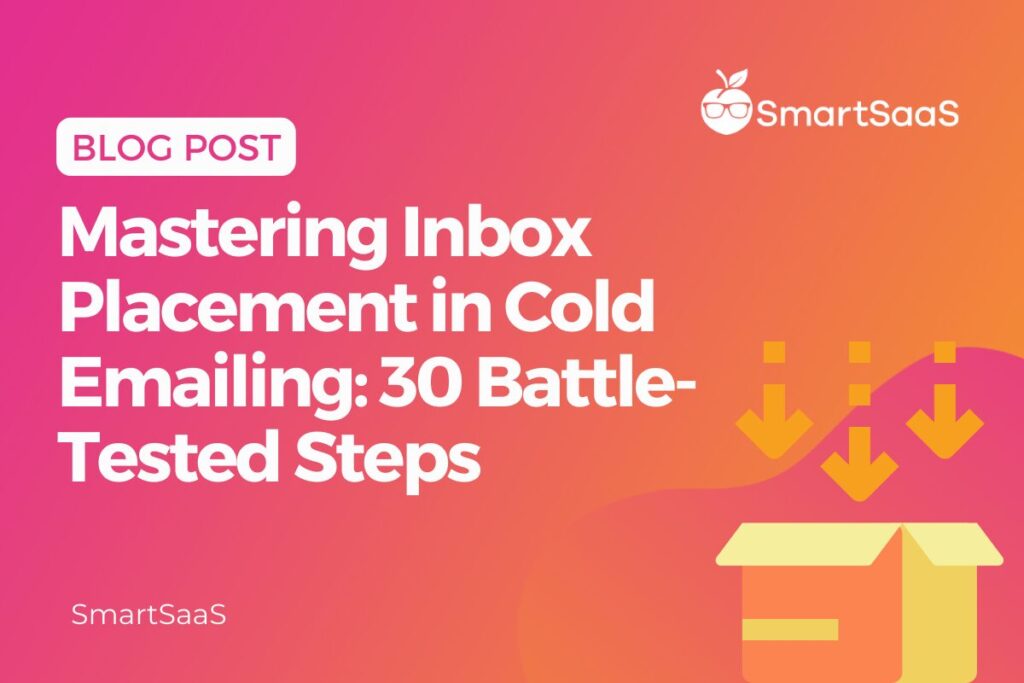
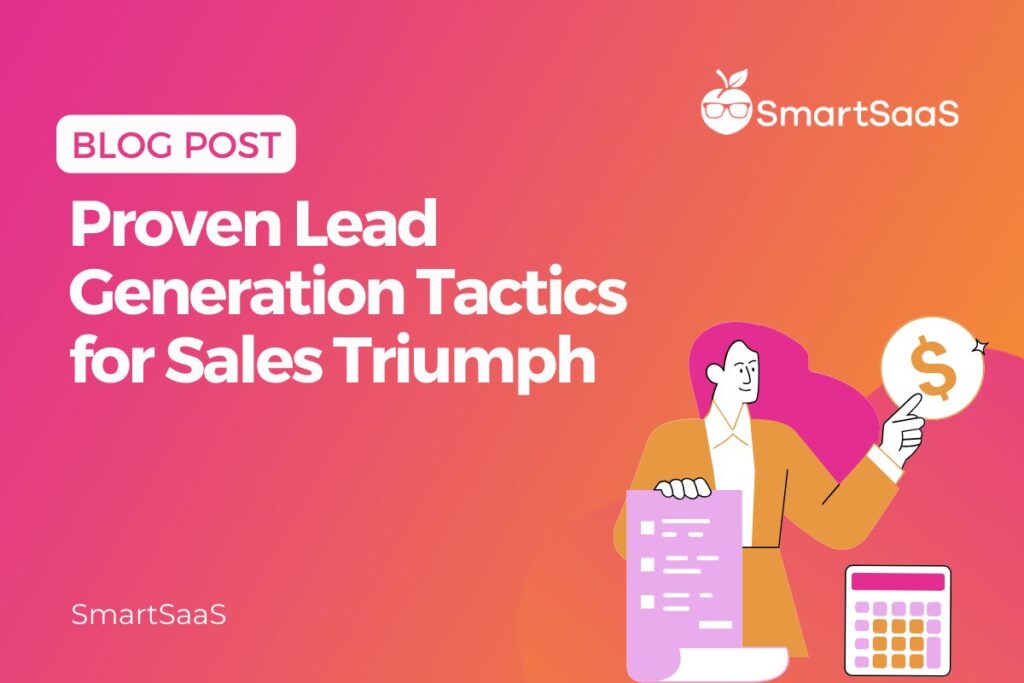
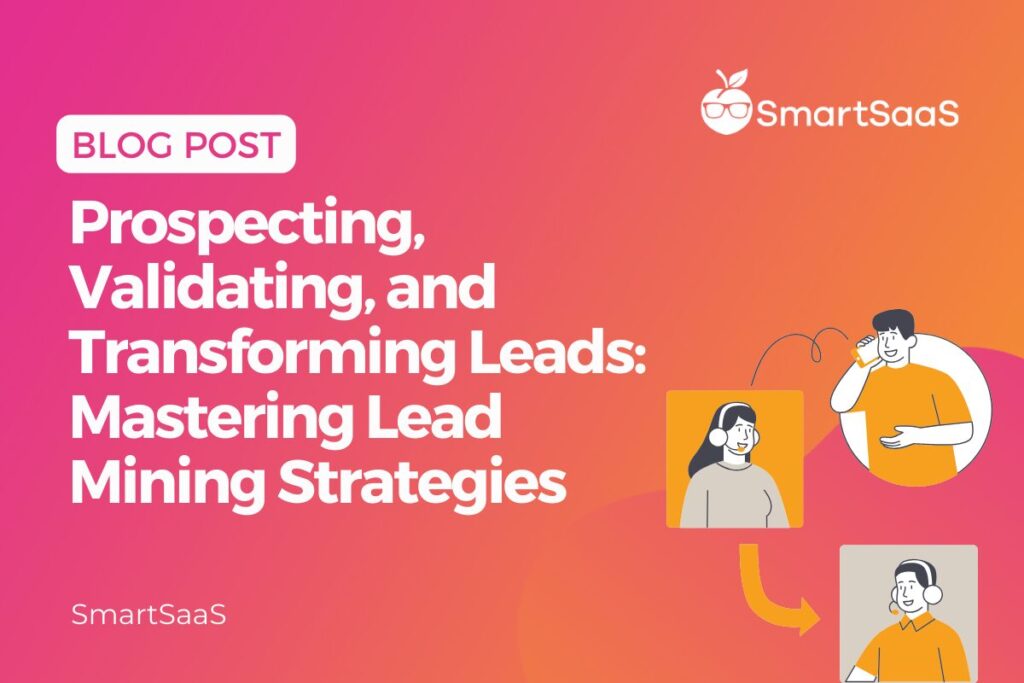
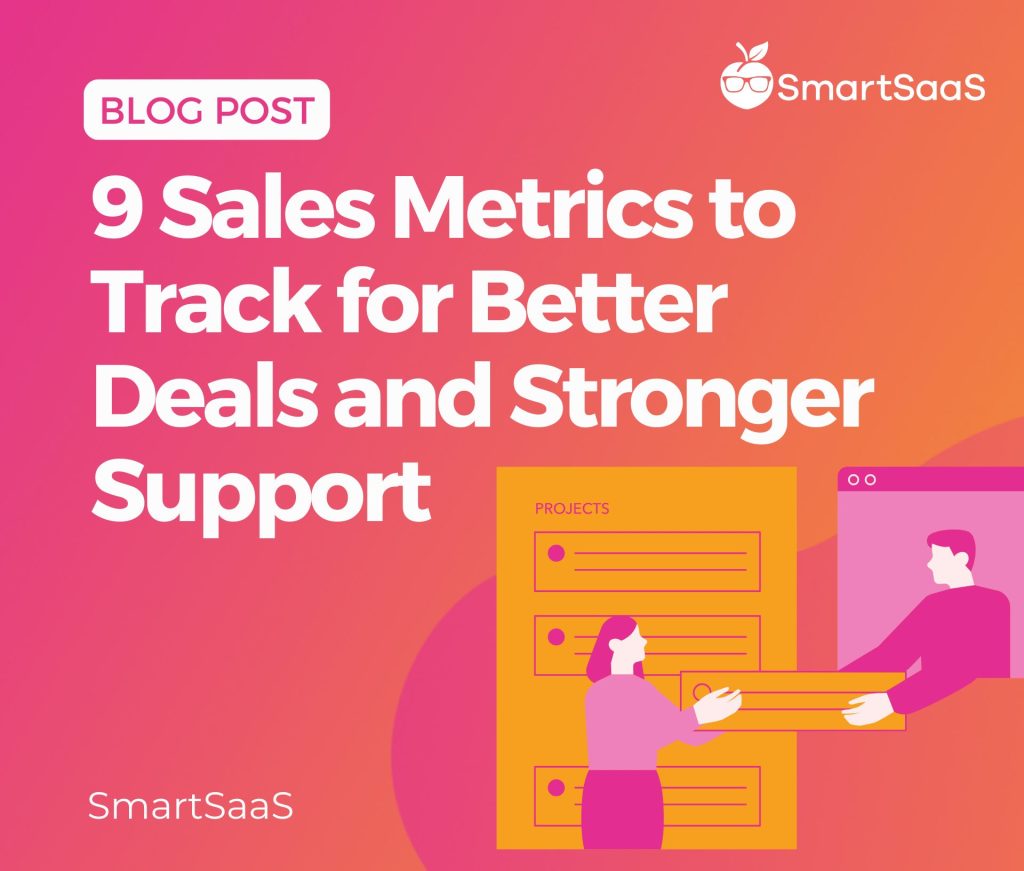
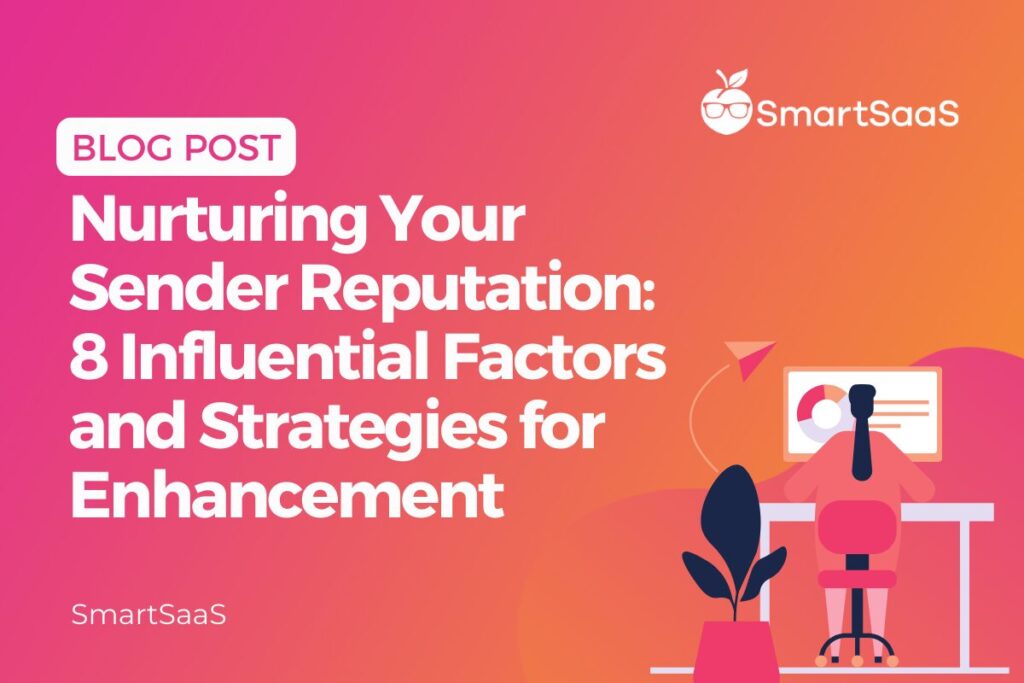
Responses